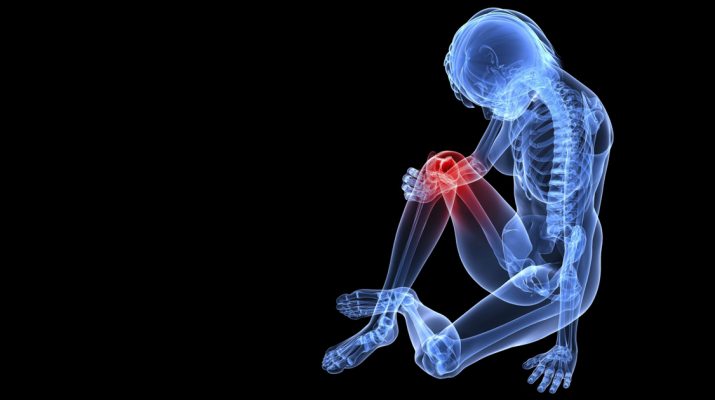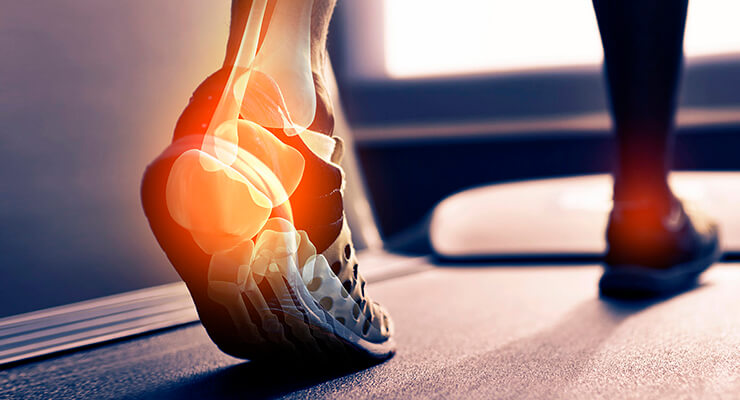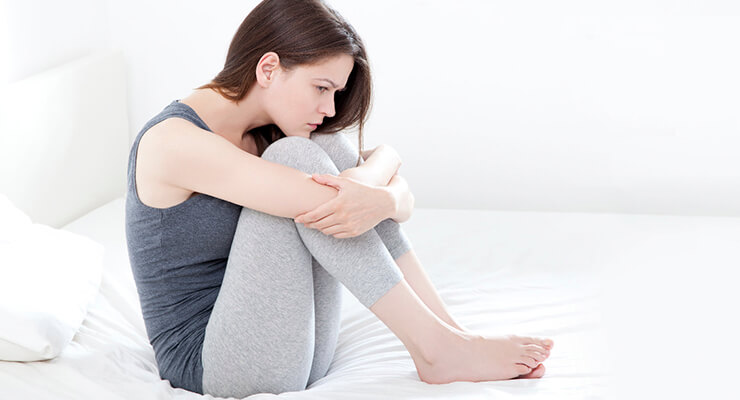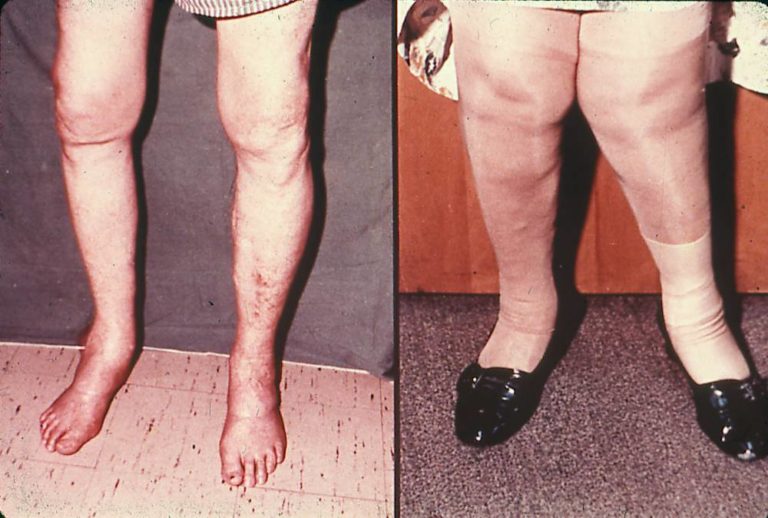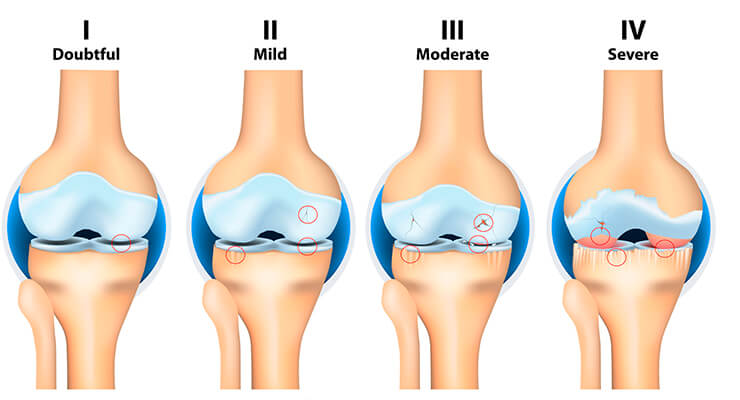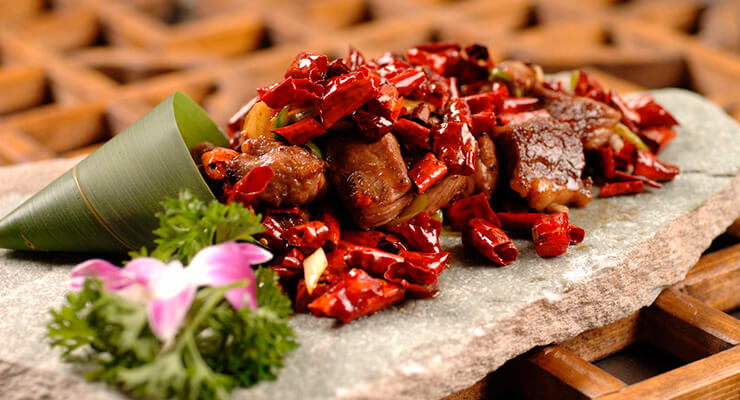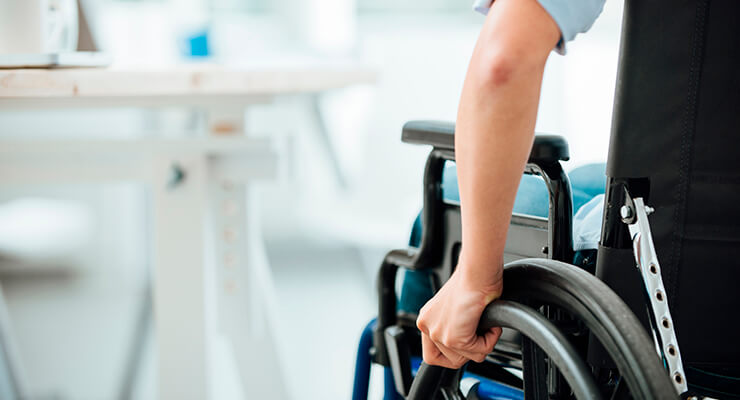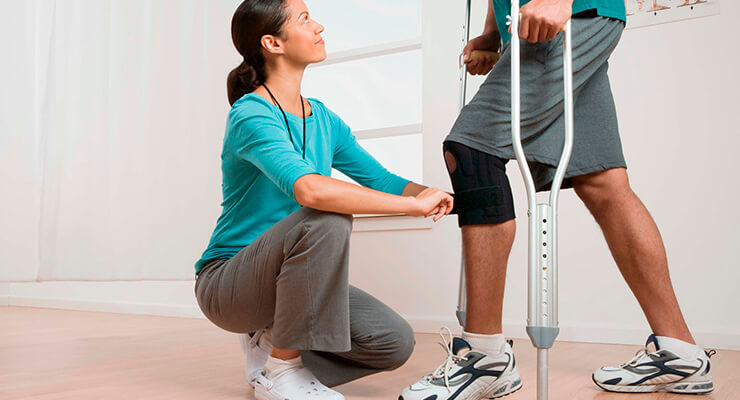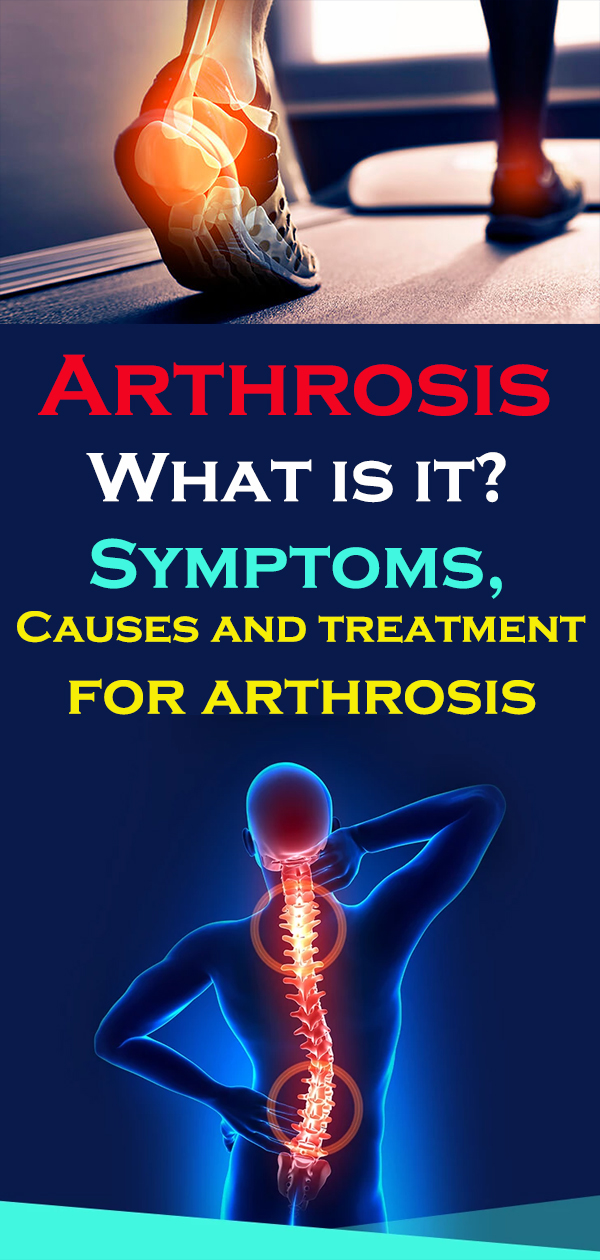Joint problems can occur at different ages, regardless of the gender of the person.
This factor significantly reduces the quality of life and limits the degree of mobility of the joints and limbs, causing multiple inconvenience and pain. Most often, diseases of the musculoskeletal system are genetically determined and age-related. According to statistics, after the onset of 50 years, the risk of arthrosis and arthritis increases 5 times.
ARTHROSIS symptoms treatment
Most often, elderly people, as well as professional athletes, are faced with arthrosis. This disease is a real problem, as it triggers irreversible processes in the cartilage and joints, which leads to serious degenerative damage. In the absence of high-quality and timely treatment, pathology progresses, destroying healthy tissues and making the limb less mobile.
Table of Contents
- What is arthrosis?
- Causes of Arthrosis
- Symptoms of arthrosis
- Complications
- Stages
- Diagnostic Methods
- Arthrosis Treatment
- Food
- Possible complications
- Forecast
- Preventative measures
What is arthrosis?
Arthrosis is a chronic joint disease accompanied by pathological changes in the hyaline cartilage, and subsequently in adjacent tissues, the joint capsule, and the synovial membrane. The defeat is dystrophic and degenerative in nature, which leads to a change in the structure of articular tissues, the loss of their functionality.
According to the same statistics, 12% of the world’s population is affected by arthrosis. From 62% to 65% of all episodes of the disease occur in people over the age of 60. Another 30-35% of cases of joint damage by this pathology occur in patients aged 40-60 years. And about 3% are young people aged 20-40 years.
The danger of joint disease manifests itself in the fact that it is practically not completely cured. Although, in diagnosing pathology in the early phase of progression, it helps to maintain joint functionality.
Most often, cases of arthrosis in the joints are diagnosed:
- wrist joints;
- cervical and lumbar spine;
- the knee joint ;
- hip joint ;
- shoulder joint;
- ankle joint;
- metatarsophalangeal joint.
The disease is more characteristic of the female population – representatives of the female half of the population suffer from this pathology more often at an older age. Arthrosis of the interphalangeal joint occurs in women 10 times more often than in the male population.
Causes of Arthrosis
The most common cause of arthrosis is a violation of the normal metabolism inside the cartilage. Such a failure leads to the fact that the cartilage of the joint begins to lose its strength and elasticity. It is this moment that fundamentally affects the mobility of the joint, its performance and endurance. As the “working” properties of the tissue are lost, arthrosis begins to inexorably progress.
It is worth noting that a malfunction in the metabolism does not occur by accident. This can contribute to mechanical, biological factors. Doctors distinguish the following most common causes:
- heredity;
- hormonal imbalance;
- excessive physical activity;
- psoriasis;
- serious injuries;
- rheumatoid arthritis.
Important! Most often, arthrosis occurs due to regular and strong physical exertion, which athletes, mine workers, and mechanics may encounter. An abnormal load exerts excessive pressure on the cartilage, which begins to wear out, collapse and lose its softening properties.
Additional causes of joint disease include:
- poor and unbalanced nutrition;
- obesity, overweight;
- thyroid dysfunction;
- hypothermia;
- tuberculosis;
- encephalitis;
- regular colds;
- syphilis;
- gonorrhea;
- age after 50 years;
- intoxication;
- autoimmune diseases;
- purulent arthritis;
- hemophilia;
- failure of blood supply to the femoral head.
Important! Various infections, for example, intestinal or urinary in nature, are also able to provoke arthrosis. Treatment of infectious arthrosis is carried out according to an individual scheme and is aimed at suppressing the focus of infection.
The causes of arthrosis can also be genetic malfunctions, namely:
- The disease, called the nodules of Bouchard and Heberden, can be transmitted to people by inheritance. People who are at risk are shown regular medical check-ups and preventive therapy.
- Improper formation of joints and cartilage in the prenatal period of development. So, there is a rapid destruction of the joints, which leads to dysplasia.
- Collagen mutations. There is a rapid destruction of connective tissue, cartilage.
Important!Deterioration of the joint is observed due to partial or abundant loss of proteoglycans.A similar phenomenon occurs when there are sufficiently significant cracks in the cartilage or because of insufficient production of lubricating fluid.
Symptoms of arthrosis
Signs of arthrosis of the joints appear from the first degree, although sometimes they are not so pronounced. The characteristic phenomena for all stages of arthrosis are:
- pain syndrome;
- crispy sounds when moving;
- inactivity or a complete decrease in joint mobility;
- swelling;
- articulation deformation.
Soreness
Pain usually occurs while moving. With intense physical exertion, pain sensations intensify and acquire a persistent tendency. With all types of arthrosis in any place of their localization, soreness is sharp.
In the initial phase, pain is weak, more often they appear in the daytime. Usually, the pain is short-lived and subsides at rest. In the chronic form and with intensive progression of the acute form, the pain syndrome manifests itself more often, has an increased period of manifestation, and often worries even at rest at night.
Joint Crunch
By the nature of the crunch, experienced orthopedists or rheumatologists establish a differential diagnosis, since this symptom is characteristic of a number of diseases. With arthrosis of the joints, crunching is usually accompanied by painful sensations or discomfort. It occurs due to the lack of synovial lubrication and the drying of the cartilage tissue. As the pathology progresses, the sound of the crunch intensifies, it is dry and occurs more often.
Immobility
A decrease in joint mobility develops against the background of the appearance of bone neoplasms that impede the movement of cartilage tissue and block the elasticity properties of collagen fibers.
This phenomenon is accompanied by strong painful sensations – any attempt to increase the intensity of movement and create a load on the joint will inevitably provoke severe pain.
Swelling and deformation
Swelling is visually observed in the area of arthrosis localization, growths of bone tissue secreted under the skin. Swelling increases with the development of the disease. Similarly, the deformation of cartilage and bone tissue progresses.
Complications
The consequences of untimely treatment and advanced joint arthrosis are fraught with complications such as:
- disability;
- deformation without the possibility of recovery;
- the appearance of vertebral hernias;
- stiffness or immobility of the joint;
- decline in quality and standard of living.
The chronic course, in addition to these complications, is accompanied by intense and frequent pain, complete destruction of the structural components of the joint, discomfort, inability to perform physical work and play sports.
Stages
When answering the question about arthrosis – what is it, it is necessary to understand that this disease is not completely cured. The disease can be restrained and maintained throughout life, providing a normal and dignified quality of life.
The success of the treatment of arthrosis depends on its stage. The sooner the patient turns to the doctor with his problem, the more chances he has to achieve a sustainable and long-term recovery. Arthrosis is divided into such stages:
- The initial stage is characterized by the least manifestation of symptoms. It does not interfere with the normal functioning of the joints, although it significantly complicates it. For this stage of the disease is characterized by stiffness in the movements in the morning, mild pain, a rare crunch.
- The second stage – the disease significantly impedes the implementation of daily work. In this form, the disease becomes more acute. With movements, a distinct crunch in the joint is heard, the pain is pronounced. A violation of the normal biomechanics of the joint is noted, but relative mobility is maintained.ARTHROSIS symptoms treatment
- The third stage – characterized by loss of efficiency and mobility of the joints. In this case, severe deformation and destruction of the joint is observed. The patient is worried about severe pain, the range of motion is seriously limited. Muscle tissue is largely spasmodic and atrophied.
- The fourth stage is the final and most serious stage of the disease, which is characterized by the complete destruction of the joint and a violation of its functionality. This form of arthrosis is characterized by a global pain syndrome, a complete lack of mobility of the diseased limb.
Important!In the initial stages, patients are shown conservative treatment, which is based on drug therapy, diet and special gymnastics.With advanced stages of arthrosis, surgery is indicated, involving the implantation of an artificial prosthesis.
Diagnostic Methods
For the correct appointment of medical procedures, it is necessary to eliminate the cause of arthrosis. For its detection and accurate diagnosis, the following diagnostic methods are used:
- puncture with a fence of synovial fluid;
- cartilage biopsy to check its structure;
- radionuclide examination method;
- radiography;
- Ultrasound
Together with a rheumatologist or orthopedist, additional laboratory tests are prescribed – a general blood test, a study on the content of electrolytes, rheumatic tests, detection of sugar levels in blood samples, examination of protein fractions.
Arthrosis Treatment
How to treat arthrosis can only be decided by a doctor. Therapy in the initial stages should involve pathogenetic, complex treatment methods. It should help eliminate inflammation, suppress the degenerative process and restore the functioning of the joint.ARTHROSIS symptoms treatment
Effective and effective treatment includes the following principles:
- lack of excessive loads;
- following orthopedic regimen;
- physical therapy classes and special massage courses;
- visiting sanatoriums;
- physiotherapy;
- oxygen therapy – saturation of diseased joints with oxygen;
- the appointment of an intraosseous blockade.
Important! Self-medication in case of suspected arthrosis is unacceptable. Uncontrolled intake of medicines, as well as improper use of folk medicine can only worsen the inflammatory process and accelerate the destruction of cartilage.
How to treat arthrosis? The basis of the treatment of this ailment is the following medications:
- Anti-inflammatory – slow down the course of the disease, relieve pain, which helps to significantly improve the well-being and quality of life of a sick person. Non-steroidal anti-inflammatory drugs are used for optimal treatment.
- Hormonal – are used in the acute stage of arthrosis. They help suppress pain and improve overall well-being.
- Chondroprotectors – restore cartilage, help improve the composition of synovial fluid.
- Diacerein – is used as an additional drug to reduce the degradation of cartilage tissue.
Important! In especially complex cases of the disease, doctors prescribe the patient to take narcotic analgesics. Such drugs are used only if standard therapy has not brought the desired results.
Food
In addition to high-quality treatment, an equally important place is taken by proper nutrition with such a specific ailment as arthrosis. With the disease, it is imperative to eat fully and healthy.
If the patient is diagnosed with excess weight, then everything must be done to reduce it. This will help relieve excess stress on the joints and ensure their faster recovery. Even in the absence of extra pounds – eating properly is still a must. From the daily diet you need to exclude:
- fast carbohydrates;
- alcohol;
- seasonings;
- sweets;
- fatty and spicy dishes.
Emphasis must be placed on such foods;
- fish;
- lean meats;
- dairy products;
- vegetables;
- fruits;
- cereals;
- seafood.
With arthrosis, doctors advise using jelly. Of course, this must be done in reasonable quantities. This product is a storehouse of important trace elements and vitamins. Jelly also helps to restore cartilage. However, it is recommended to cook this product in an independent manner. So you will surely be sure of its absolute naturalness and usefulness.ARTHROSIS symptoms treatment
Possible complications
Ignoring the symptoms leads to irreversible consequences. The lack of treatment always causes complete destruction of the joint and also provokes changes in the biomechanics of the spine. The main complications of arthrosis include:
- complete destruction of the joint;
- joint deformation;
- lack of human mobility;
- the occurrence of hernias,
- the development of degeneration in healthy joints;
- a significant decrease in the quality of life;
- getting disability.
In order to prevent the appearance of deterioration and significant deformation of the cartilage and joints, it is necessary to provide the patient with high-quality and highly qualified medical care. This will stop the degenerative processes and ensure the integrity of the bone and joint.
Forecast
The prognosis for joint disease directly depends on several factors, namely:
- type of ailment;
- the form;
- level of quality of therapy.
With a timely detected disease, the patient can count on a successful outcome, which will help keep the joint in a mobile state. However, it should be remembered that even with an advanced state of arthrosis, the patient can count on a positive result due to prosthetics.ARTHROSIS symptoms treatment
Preventative measures
Prevention of arthrosis, as well as many other diseases of the musculoskeletal system, involves adjusting your own lifestyle. These include:
- prevention of excess weight;
- the exclusion of serious physical exertion;
- nutrition adjustment;
- lack of stress factors;
- timely treatment of the acute stage of the disease.
Treatment of arthrosis and its prevention are cumulative concepts that should be inseparable if a person wants to keep control of his illness, live a full and full life.

